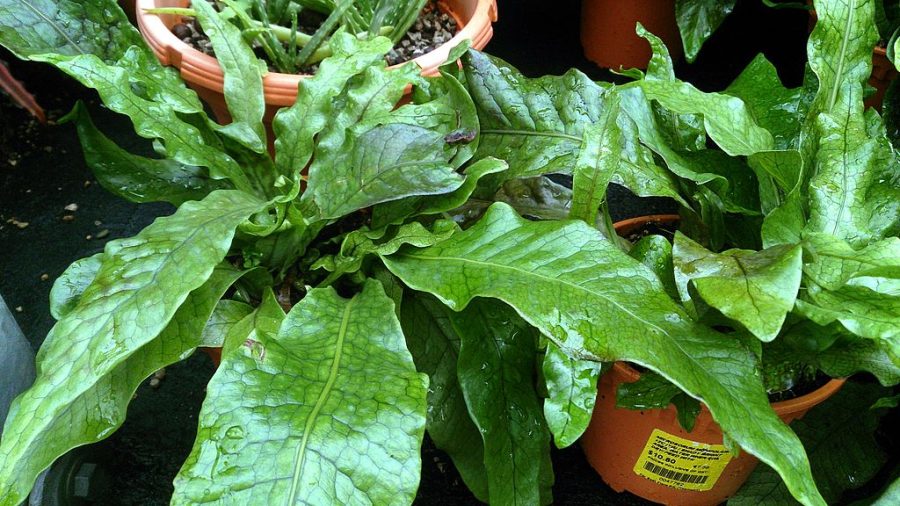
Discover the secrets to thriving Crocodile Fern indoor care! Our guide has everything you need to keep your ferns healthy and happy. Let’s get started!
Crocodile Fern indoor care involves providing a humid environment, indirect sunlight, and consistent moisture. Opt for well-draining soil and keep the plant away from direct sun to prevent leaf burn. Water when the top layer of soil feels dry. A pebble tray or regular misting can help maintain humidity.
Hey there plant lovers! Are you the proud owner of a Crocodile Fern plant, or as some like to call it, an alligator fern?
These unique and exotic houseplants are known for their stunning texture and lush green fronds and are a great addition to your indoor plant collection.
But they require a little extra TLC to thrive indoors. Don’t worry, though, because we’ve got you covered!
In this blog post, we’ll walk you through everything you need to know about Crocodile Fern indoor care, from lighting and watering to soil and fertilization. So grab a cup of tea and let’s dive in!
Crocodile Fern Indoor Care Introduction
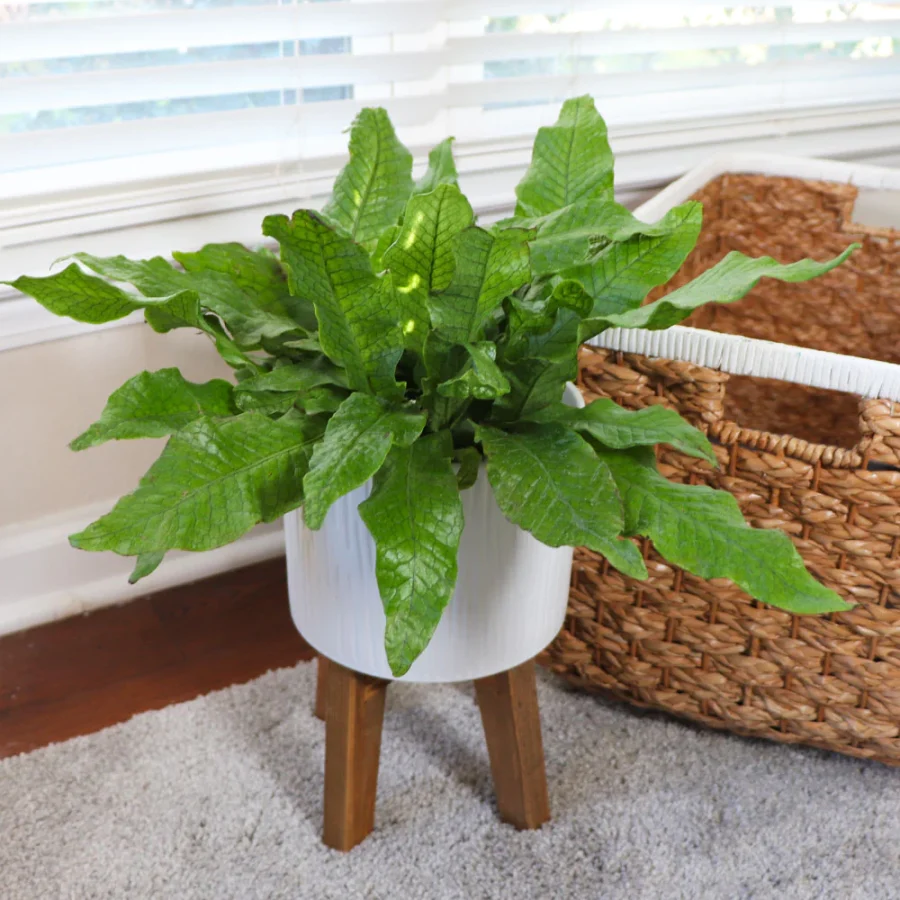
You can buy your Crocodile Fern here
If you’re anything like us, you can’t resist adding another green baby to your indoor jungle.
But have you ever considered adding a Crocodile Fern to your collection? These stunning houseplants are not only visually appealing but also a bit of a challenge to care for.
Don;t worry though, because we’re here to share our expert tips on Crocodile Fern indoor care!
In this blog post, we’ll cover everything you need to know to keep your Crocodile Fern healthy and happy, including light requirements, watering, soil and fertilization, temperature, common problems, pot selection, repotting, and propagation.
Let’s get started!
What Are Crocodile Ferns And Why Grow Them?
Are you looking for a new challenge for your indoor jungle? Look no further than the Crocodile Fern!
Crocodile Ferns are a popular choice for houseplants due to their unique appearance and texture.
The purpose of this blog post is to provide you with tips and guidance for taking care of your Crocodile Fern indoors, so you can enjoy its beauty for years to come.
Microsorum is a genus of ferns in the family Polypodiaceae, subfamily Microsoroideae, according to the Pteridophyte Phylogeny Group classification of 2016 (PPG I).[3] The species are tropical. Like most ferns, they grow from rhizomes, rather than roots. The genus name is often misspelled “Microsorium” or “Microsoreum” https://en.wikipedia.org/wiki/Microsorum
Why Crocodile Ferns are popular houseplants
Crocodile Ferns, also known as alligator ferns, are popular for their unique texture that resembles crocodile skin.
They are also popular due to their exotic look and ability to grow well in low to bright light conditions, making them perfect for indoor spaces.
Crocodile Ferns are low-maintenance, handle low light, and relatively easy to care for, making them a great choice for beginner plant keepers.
Tips and guidance for taking care of Crocodile Ferns indoors
To properly care for your Crocodile Fern, it’s important to understand its specific needs for light, water, soil, and temperature.
We’ll cover each of these topics in detail, as well as common problems you may encounter and how to solve them.
By the end of this blog post, you’ll have all the knowledge you need to care for your Crocodile Fern like a pro.
Background information on Crocodile Ferns
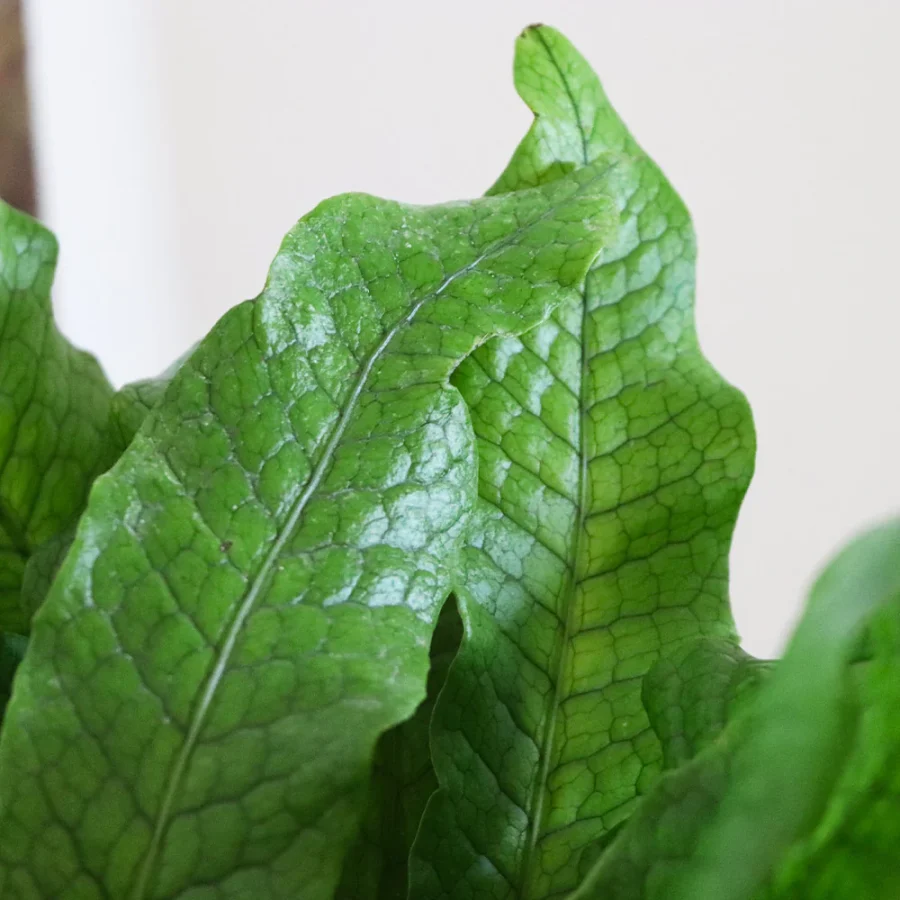
Before diving into Crocodile Fern indoor care, let’s first take a moment to learn a little bit about these fascinating plants.
Crocodile Ferns or Microsorum musifolium are a tropical fern species that is native to tropical regions in Southeast Asia and Australia.
They are part of the fern family and are known for their unique texture that resembles crocodile skin.
Crocodile Ferns typically grow to be about 2-3 feet tall and wide, with long fronds that can reach up to 3 feet in length.
They are epiphytic ferns and in their natural habitat, Crocodile Ferns grow on trees and rocks. But they can also thrive in pots indoors.
Now that we’ve got some background on these beautiful plants, let’s move on to the specifics of how to care for them!
Scientific name and origin of Crocodile Ferns
Crocodile Ferns, also known as Microsorum musifolium, are native to tropical regions in Southeast Asia and Australia. It is also known as Polypodium musifolium and is sometimes sold as crocodyllus fern.
Physical characteristics of Crocodile Ferns
Crocodile Ferns have a unique texture that resembles crocodile skin, with pronounced veins running down the length of the fronds.
They typically grow to be about 2-3 feet tall and wide, with long fronds that can reach up to 3 feet in length.
Crocodile Ferns are typically a dark green color and have a glossy appearance.
Why they are called Crocodile Ferns
Crocodile Ferns get their name from their unique texture, which looks like crocodile skin.
The rough, scaly texture of the fronds is created by the small leaflets that grow along the veins of the plant, giving it a distinctive appearance.
Light Requirements for Crocodile Ferns
Light is one of the most important factors when it comes to caring for indoor plants, and Crocodile Ferns are no exception.
These unique plants thrive in low to medium light conditions, making them perfect for indoor spaces with limited sunlight.
In this section, we’ll discuss the specific light requirements for Crocodile Ferns, including how much light they need and what kind of light is best for their growth.
Whether you’re a seasoned plant owner or just starting out, understanding the light needs of your Crocodile Fern is key to ensuring its health and longevity.
How much light do Crocodile Ferns need
Crocodile Ferns thrive in low to medium light conditions, which makes them perfect for indoor spaces with limited indirect sunlight.
While they can tolerate some direct sunlight, too much can scorch their leaves, so it’s important to avoid placing them in direct sunlight for extended periods of time.
Different types of light and which is best for Crocodile Ferns
There are different types of light that plants need, including natural light and artificial light.
Crocodile Ferns prefer natural, indirect light, such as that from a east or north-facing window, which provides consistent but not intense light.
If natural light is limited, you can also use artificial light, such as fluorescent or LED lights, to supplement the plant’s light needs.
Tips for positioning Crocodile Ferns in your home
When positioning your Crocodile Fern, keep in mind that it prefers to be in a spot with consistent, bright indirect light.
Avoid placing your Crocodile Fern in direct sunlight or areas with high heat or drafts, as this can damage the plant.
If your home has limited natural light, you can place your Crocodile Fern near a bright window or use artificial light to supplement its needs.
Watering Crocodile Ferns
Proper watering is crucial when it comes to taking care of Crocodile Ferns.
These unique plants have specific moisture requirements that must be met in order for them to thrive.
In this section, we’ll discuss the best ways to water your Crocodile Fern, including how often to water and what kind of water to use.
Whether you’re a seasoned plant parent or just starting out, understanding the watering needs of your Crocodile Fern is key to keeping it healthy and happy.
How much water do Crocodile Ferns need
Crocodile Ferns need to be kept consistently moist, but not waterlogged. You don’t want them in soggy soil.
The frequency of watering depends on factors such as the size of the pot, the amount of light the plant receives, and the humidity levels in the environment.
It’s important to avoid letting the soil dry out completely between waterings, as this can damage the plant.
Why using tap water is bad
Crocodile Ferns are sensitive to minerals and chemicals found in tap water, such as chlorine and fluoride, which can harm their roots and cause the leaves to turn brown or yellow.
To make sure your alligator fern is getting enough water stick your finger into the top of the soil an inch or two.
If you find moist soil you don’t need to water. If the top of the soil is dry then it’s time to water again.
Don’t use tap water. It’s best to use distilled water or rainwater to water your Crocodile Fern.
Importance of humidity for Crocodile Ferns
Tne crocodyllus fern is native to tropical regions, so they thrive in environments with high humidity levels.
Dry air can cause the leaves to turn brown and crisp, so it’s important to maintain proper humidity levels around your plant.
Tips for maintaining proper moisture levels for Crocodile Ferns
One way to increase humidity levels is to place a tray of water near the plant, or use a humidifier. You can also set your crocodile plant on a pebble tray.
You can also mist the leaves of your Crocodile Fern with water to keep them moist.
When watering, make sure to water thoroughly, allowing excess water to drain from the bottom of the pot to avoid waterlogging the soil.
Soil and fertilization for Crocodile Ferns
The right soil and fertilization are important factors in ensuring your Crocodile Fern grows strong and healthy.
These plants have specific needs when it comes to soil composition, and require regular feeding to maintain their vibrant green color and lush foliage.
In this section, we’ll go over the best soil types for Crocodile Ferns and how to fertilize them properly.
Whether you’re a seasoned plant parent or just starting out, understanding the soil and fertilization requirements of your Crocodile Fern is key to keeping it looking its best.
Type of soil Crocodile Ferns need
Crocodile Ferns prefer well-draining, nutrient-rich soil that retains moisture.
A good soil mix for Crocodile Ferns should include a combination of peat moss, perlite, and vermiculite.
An alternative to peat moss is coco coir, which is a more sustainable option.
Importance of fertilization for Crocodile Ferns
Crocodile Ferns require regular feeding to stay healthy and maintain their vibrant green color.
Fertilizing your Crocodile Fern will help promote growth and keep the plant looking lush and vibrant.
Tips for fertilizing Crocodile Ferns
Use a balanced fertilizer with equal parts nitrogen, phosphorus, and potassium.
During the growing season, fertilize your Crocodile Fern every 2-3 weeks.
Be careful not to use too much fertilizer and over-fertilize, as this can cause the plant to become leggy and weak.
Temperature requirements for Crocodile Ferns
Crocodile Ferns thrive in a warm, humid environment, and can be a bit finicky when it comes to temperature and humidity.
In this section, we’ll go over the ideal temperature range for Crocodile Ferns and how to maintain proper humidity levels to keep your plant healthy and happy.
Whether you live in a dry or humid climate, understanding the temperature and humidity requirements of your Crocodile Fern is key to providing it with the best possible care.
Ideal temperature range and humidity for Crocodile Ferns
Crocodile Ferns prefer temperatures between 60-75°F (15-24°C).
They also require high humidity levels, ideally between 70-80%.
Protecting Crocodile Ferns from extreme temperatures
Crocodile Ferns are sensitive to extreme temperatures, especially cold drafts and cold weather.
Avoid placing your Crocodile Fern near windows or doors that are frequently opened during the winter months. Avoid placing them near air conditioners or heating vents.
Tips for maintaining a stable temperature for Crocodile Ferns
Keep your Crocodile Fern in a room that maintains a consistent temperature.
If you live in a colder climate, consider using a humidifier to help maintain proper humidity levels.
If your home tends to be on the drier side, you can also place a tray of water near your Crocodile Fern to help increase humidity levels.
Common problems with Crocodile Ferns and how to solve them
While Crocodile Ferns are generally low-maintenance houseplants, they can still fall prey to a number of common problems that can affect their growth and overall health.
In this section, we’ll go over some of the most common issues that Crocodile Fern owners face and provide tips on how to solve them.
By understanding these potential problems and how to address them, you can help ensure that your Crocodile Fern stays healthy and thriving.
Common problems with Crocodile Ferns
Crocodile Ferns are generally resilient, but they can still be susceptible to certain pests and diseases.
Common issues include insect infestations such as spider mites, mealybugs, and scale insects, as well as fungal diseases like root rot and leaf spot.
Identifying and treating problems
If you notice any signs of these problems, such as yellow or wilted leaves, spots or discoloration, or unusual growth patterns, it’s important to act quickly to prevent further damage.
For insect infestations, you can use insecticidal soap or neem oil to kill the bugs and prevent them from spreading.
For fungal diseases, you may need to remove affected leaves and apply a fungicide to prevent further spread.
Preventing problems from occurring
Prevention is key when it comes to keeping your Crocodile Fern healthy.
One of the best ways to prevent problems is to maintain good air circulation and avoid overwatering.
You can also periodically inspect your plant for signs of pests or disease and take action immediately if you notice any issues.
Finally, make sure to keep your Crocodile Fern away from other plants that may be infected, and always use clean tools when pruning or repotting.
Pot selection and repotting for Crocodile Ferns
Crocodile Ferns are beautiful indoor plants that can add a touch of tropical flair to any home.
However, to keep them healthy and thriving, proper pot selection and repotting are essential.
In this section, we will discuss the best type of pot for Crocodile Ferns, how often to repot, and the steps to take when repotting your fern.
So, grab your gardening gloves, and let’s get started!
Selecting the right pot for Crocodile Ferns
Choosing the right pot for your Crocodile Fern is essential to ensure healthy growth.
The pot should be slightly larger than the previous one to allow for root growth.
The pot should also have drainage holes at the bottom to prevent water from collecting and causing root rot.
Type of pot and soil mixture for Crocodile Ferns
Crocodile Ferns prefer a well-draining soil mixture that is high in organic matter.
A mixture of peat moss, perlite, and sand or coco coir can work well for Crocodile Ferns.
Terracotta pots are an excellent choice for Crocodile Ferns because they are porous and allow the soil to breathe, preventing overwatering.
Repotting Crocodile Ferns
Crocodile Ferns should be repotted every two to three years to ensure healthy growth.
Signs that your fern needs repotting include roots growing out of the drainage hole or a lack of growth.
When repotting, gently remove the fern from its current pot and loosen the roots.
Place the fern in its new pot with fresh soil mixture and water thoroughly. It is also essential to remove any dead or yellowing fronds during the repotting process.
Propagation of Crocodile Ferns
If you’re a plant lover, then you probably enjoy propagating your favorite houseplants.
Did you know that Crocodile Ferns can be propagated too?
In this section, we will discuss the different methods of propagating Crocodile Ferns so you can expand your collection and share them with your friends.
Let’s get started!
Propagation is an exciting aspect of caring for indoor plants, and Crocodile Ferns are no exception.
Propagating Crocodile Ferns is an excellent way to expand your collection or share them with friends and family.
There are two main methods for propagating Crocodile Ferns: spore propagation and division.
In this section, we will discuss both methods and provide tips for successfully propagating your Crocodile Ferns.
Spores
One way to propagate Crocodile Ferns is by using spores. Crocodile Ferns produce small spores on the underside of their leaves, which can be collected and planted to grow new ferns.
To collect the spores, wait until the fern has produced mature fronds with spores on the undersides.
Place a piece of paper or plastic under the frond and gently shake it to release the spores onto the paper.
Once you have collected the spores, you can plant them in a mixture of peat moss and perlite.
Keep the soil moist and place the container in a bright, warm spot, but out of direct sunlight.
It may take several weeks for the spores to germinate, and even longer for the ferns to grow large enough to transplant.
Root Division
Another way to propagate Crocodile Ferns is by division.
This is the easiest way to make more plants. This method involves separating a mature plant into smaller sections, each with its own root system, to create new plants.
To do this, remove the plant from its pot and gently shake off any excess soil. Look for natural separations or sections where the plant can be divided, and use a sharp, sterile knife to carefully cut through the roots.
Each section should have a good amount of roots and several healthy fronds. Plant each new section in a pot with fresh potting mix, and water thoroughly.
Place the newly divided plants in a bright, but indirect light, and keep the soil consistently moist until they establish new roots.
The easiest time to propagate by division is when your plant needs repotting anyway.
From Offshoots
Your alligator fern has rhizomes and you can take cuttings from them if they have some leaves. This is really just division but the main benefit is not having to repot your fern.
Common problems with pot selection, repotting, and propagation
While caring for Crocodile Ferns can be a rewarding experience, it’s not without its challenges.
In this section, we’ll be discussing some common issues that can arise when it comes to pot selection, repotting, and propagation.
From using the wrong type of pot to improper repotting techniques, these issues can be frustrating for any indoor gardener.
But don’t worry – we’ve got you covered with some tips and tricks to help you avoid these problems and keep your Crocodile Ferns thriving.
Common problems with pot selection:
One of the most common problems with pot selection is choosing a pot that is too small for your Crocodile Fern.
This can cause the roots to become overcrowded, leading to poor growth and root rot.
Another problem can be the pot having poor drainage, causing the soil to stay too wet and leading to root rot.
Common problems with repotting:
When repotting Crocodile Ferns, the most common problem is root damage.
It’s important to be gentle when removing the plant from its old pot and to avoid breaking any of the roots.
Another common problem is transplant shock, which can cause the plant to wilt or droop.
Common problems with propagation:
One common problem with propagating Crocodile Ferns from spores is that they can take a long time to grow into mature plants.
Additionally, spores can be difficult to collect and require a sterile environment.
When dividing a mature Crocodile Fern, it’s important to make sure each new plant has enough roots to survive on its own.
To prevent these problems, it’s important to choose the right size pot with good drainage holes, use a well-draining soil mix, be gentle when repotting, and allow the plant time to recover from transplant shock.
When propagating through spores, make sure to collect them in a sterile environment and use fresh, sterile soil for planting.
For division, make sure each new plant has enough roots to thrive, and use a sharp, clean knife to avoid damaging the roots.
With proper care, your Crocodile Ferns can thrive and grow into beautiful, healthy plants.
Crocodile Fern Care FAQs
Crocodile ferns are intriguing plants with an exotic appearance that makes them a popular choice for indoor plant enthusiasts.
While they may look high-maintenance, with the right care, these ferns can thrive and add a touch of the tropics to your indoor space.
Let’s dive into some common questions about caring for a crocodile fern.
Q: Do crocodile ferns need sun?
A: Crocodile ferns prefer indirect light. Direct sunlight can cause leaf burn, so it’s best to place them in a location with filtered or diffused light.
Q: How do you take care of a crocodile fern?
A: Provide the fern with well-draining soil, keep it in indirect light, and maintain high humidity. Water the plant when the top inch of soil feels dry to the touch.
Q: Is crocodile fern easy to care for?
A: Yes, the crocodile fern is relatively easy to care for as long as you can provide it with the right lighting and humidity conditions. It’s less finicky than some other fern varieties.
Q: Why are my crocodile fern leaves turning brown?
A: Brown leaves are often a sign of low humidity or underwatering. Ensure the fern is getting enough moisture and consider misting it or using a pebble tray to raise humidity levels.
Crocodile Fern Indoor Care Conclusion
You now have a good understanding of how to care for Crocodile Ferns.
By following the tips and guidelines provided in this guide, you can keep your Crocodile Ferns healthy and thriving.
Remember, Crocodile Ferns require a good balance of light, water, humidity, and temperature to thrive, so it’s essential to provide the proper care.
With patience and attention, you’ll be rewarded with a beautiful and lush plant that will brighten up any room in your home.
Crocodile Fern indoor care main points
In this blog post, we’ve covered the key aspects of indoor Crocodile Fern care.
We started with an introduction to the Crocodile Fern, its scientific name, and its origins.
We then discussed the ideal light, water, soil, fertilization, and temperature conditions for Crocodile Ferns.
Next, we explored common problems that may arise with Crocodile Fern care and provided solutions to identify and treat them.
Finally, we covered pot selection, repotting, and propagation techniques for these beautiful ferns.
Importance of proper Crocodile Fern care
Proper pot selection, repotting, and propagation are critical aspects of maintaining healthy Crocodile Ferns.
Neglecting any of these steps could lead to poor plant growth, disease, or even plant death.
By following the tips and tricks outlined in this blog post, you’ll be on your way to growing lush, green Crocodile Ferns in your indoor space.
Give growing a Crocodile Fern indoors a try
We hope you found this blog post informative and helpful.
If you have a Crocodile Fern or are thinking about getting one we want to encourage you to give it a try.
With our tips for indoor Crocodile Fern care, you can enjoy this beautiful plant for years to come. Happy gardening!
Read more: Indoor Ferns Care: 11 Tips And Tricks For Beginners







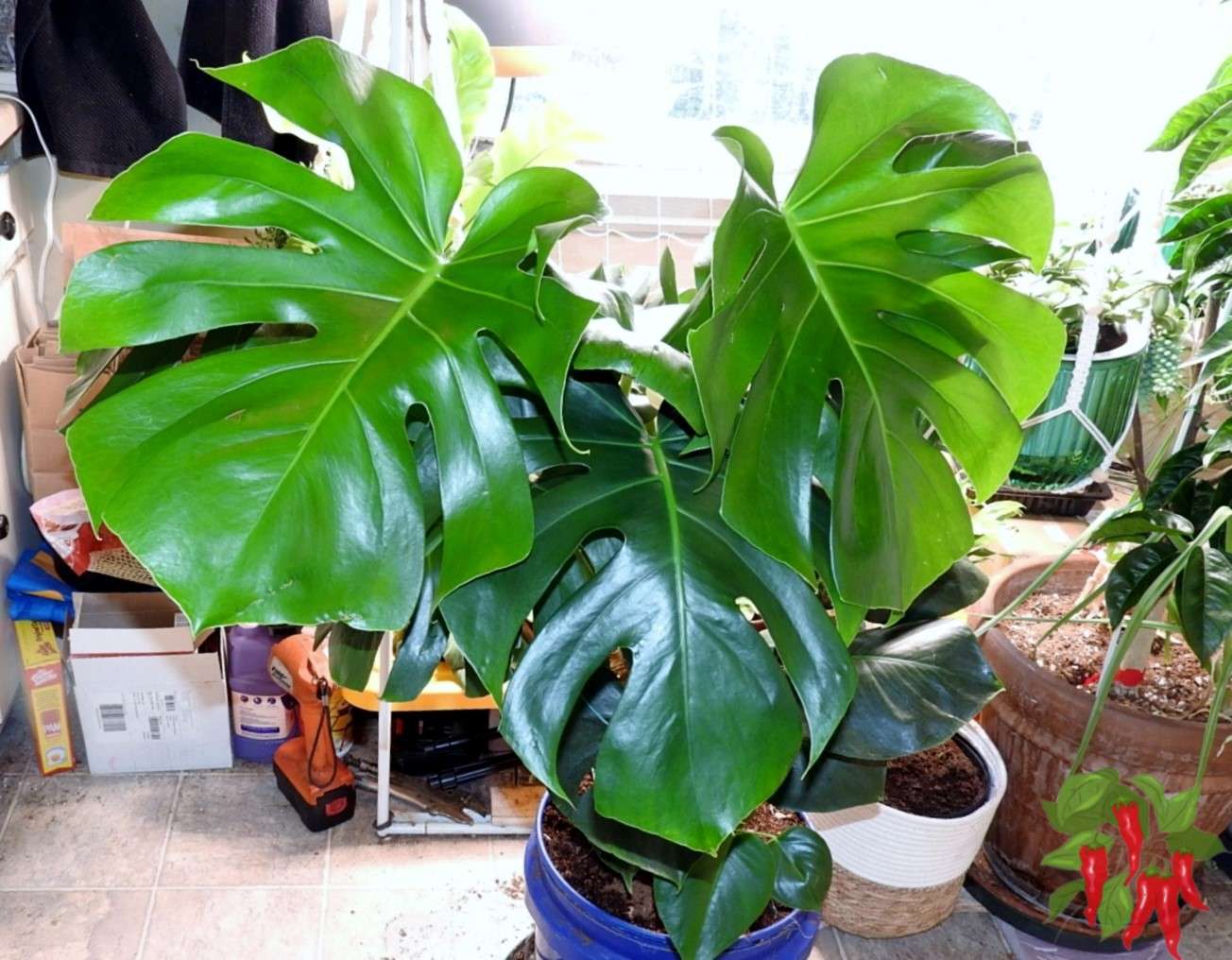
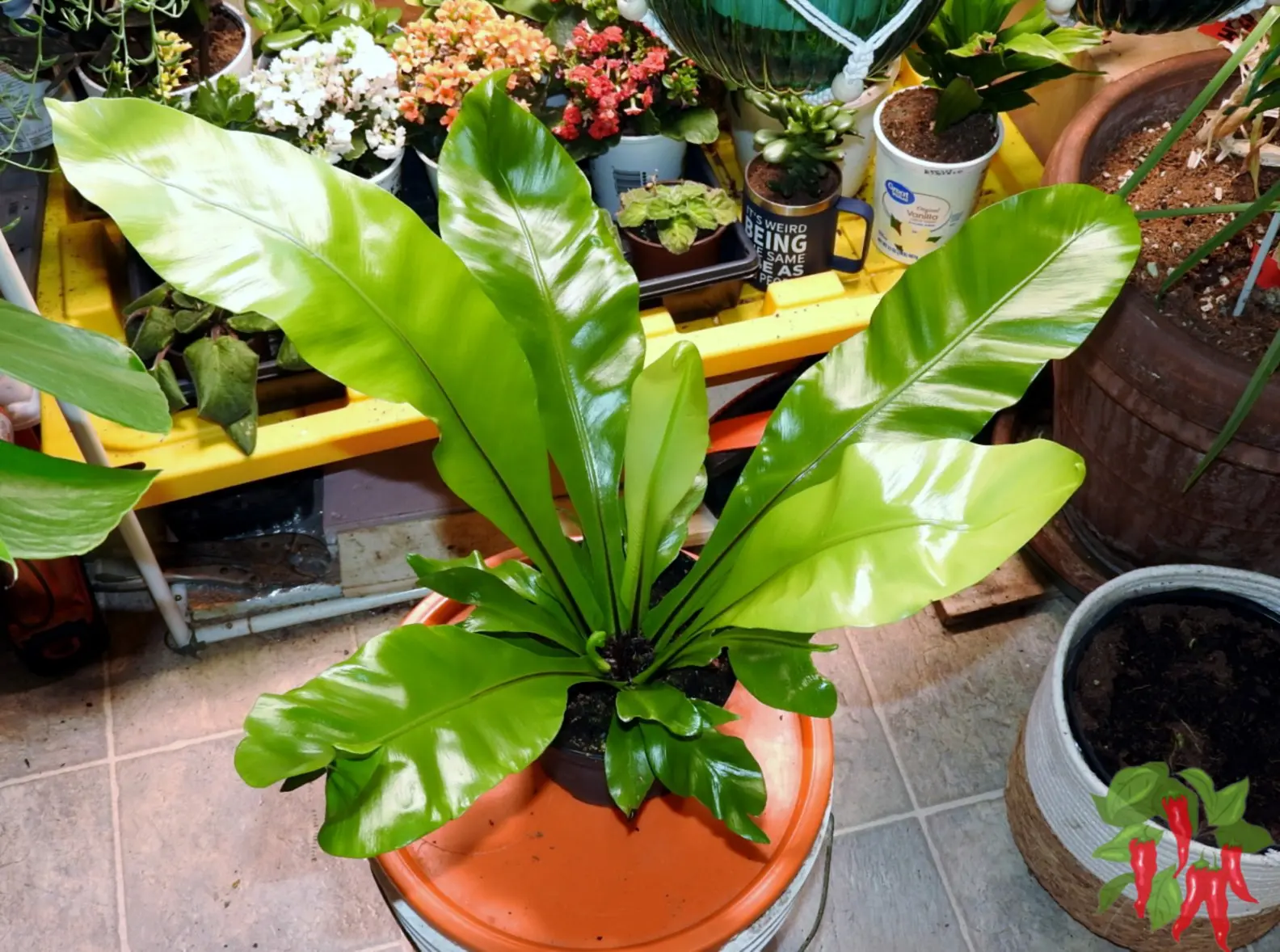
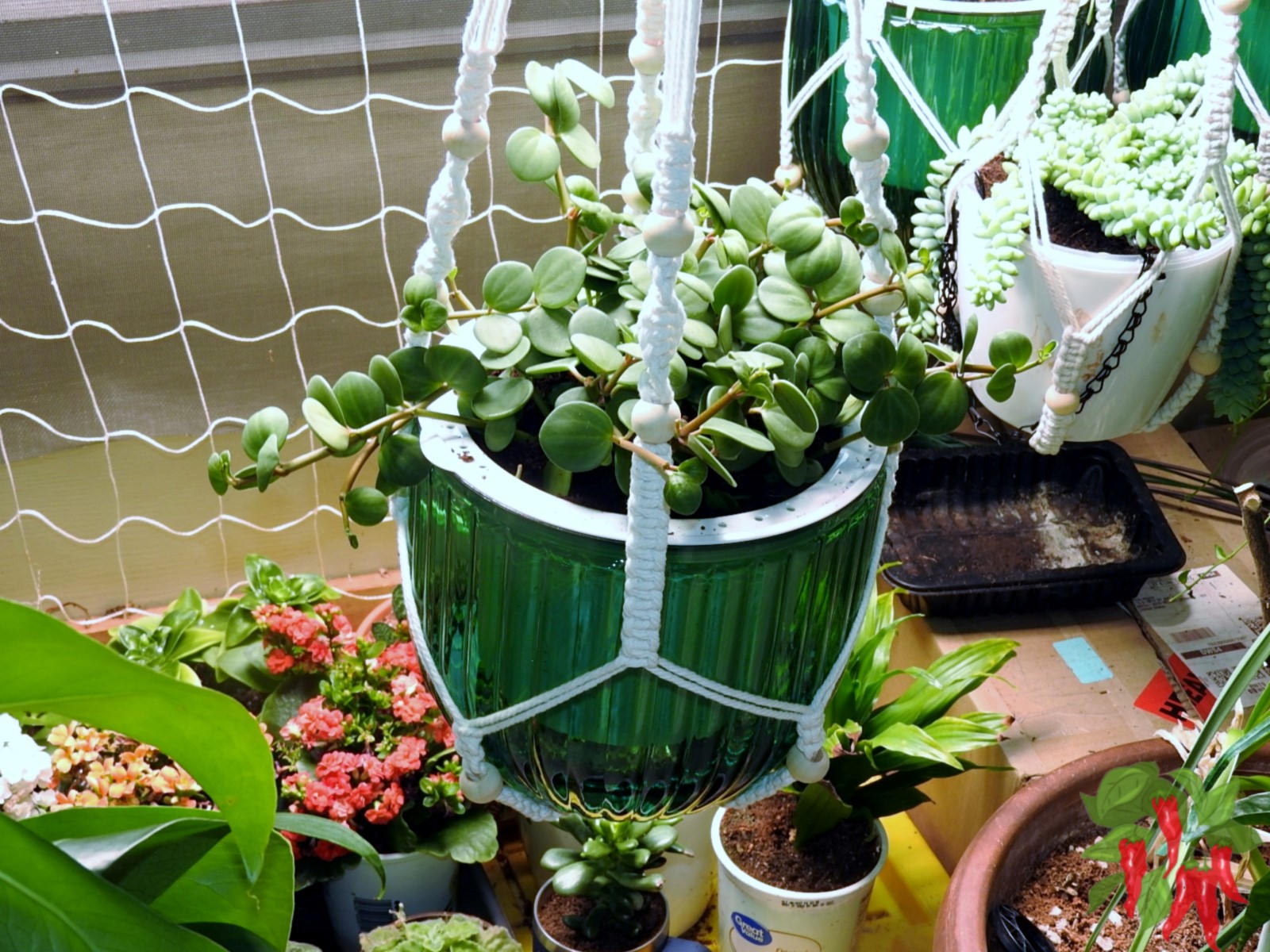
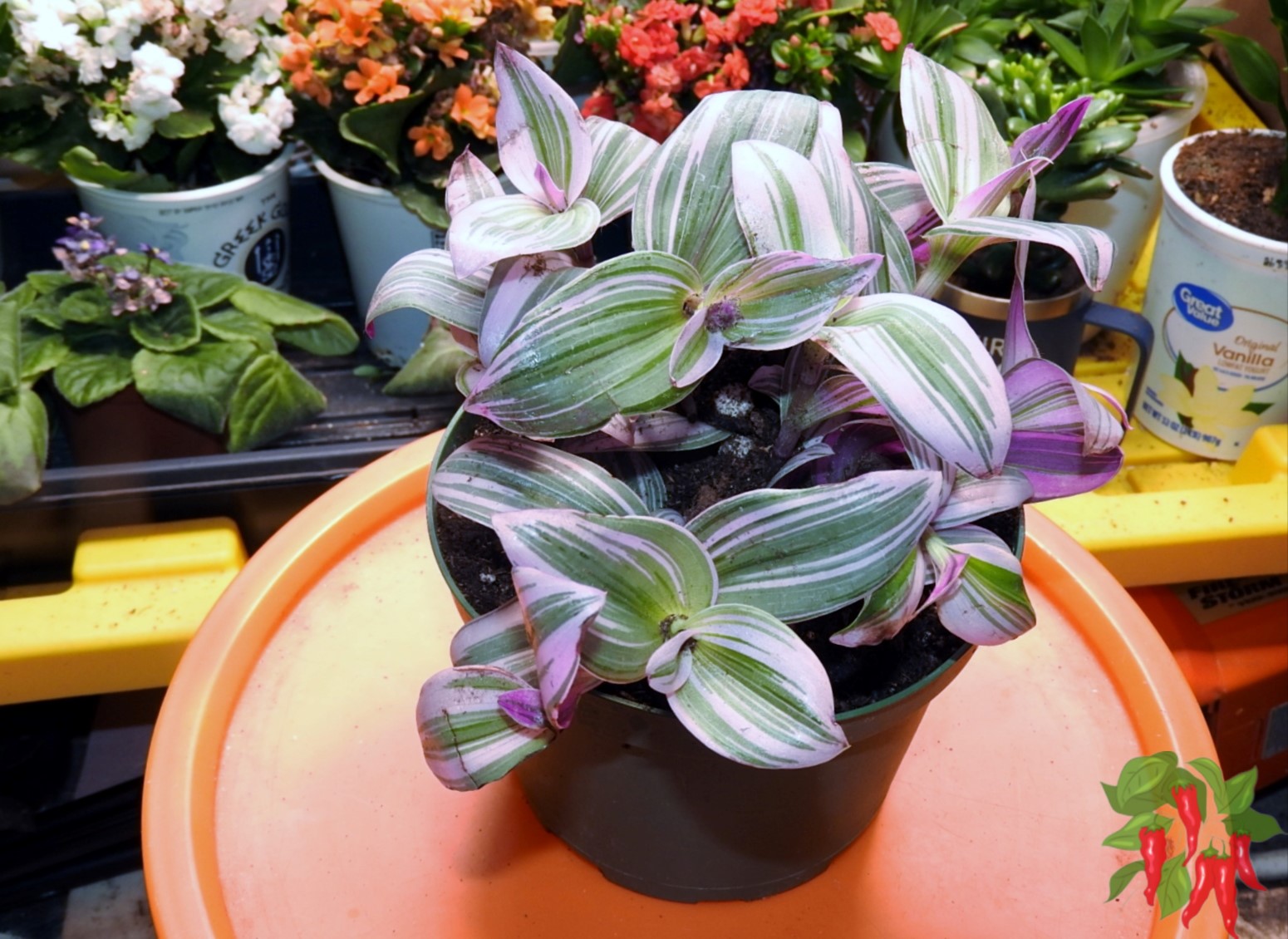
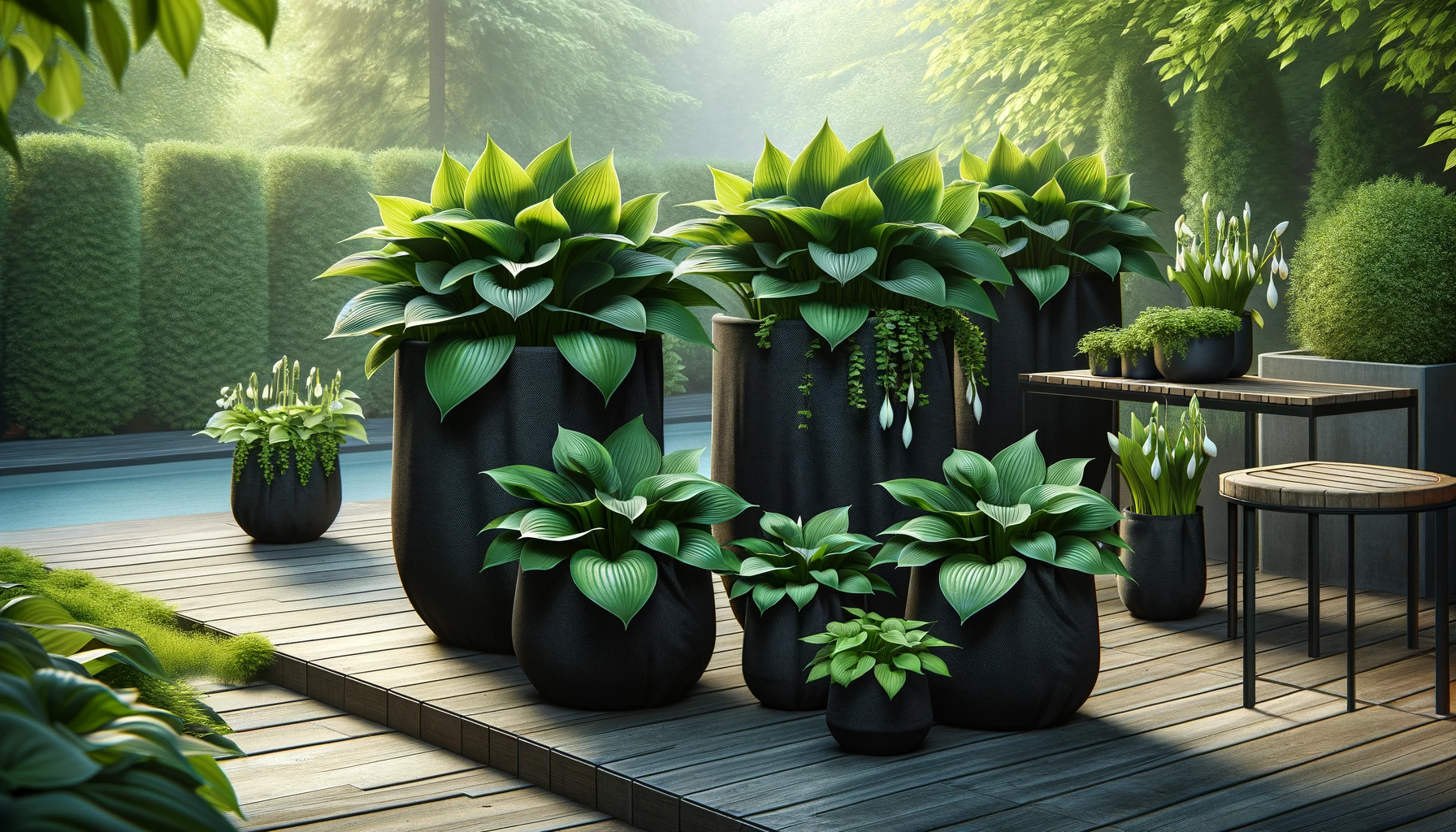
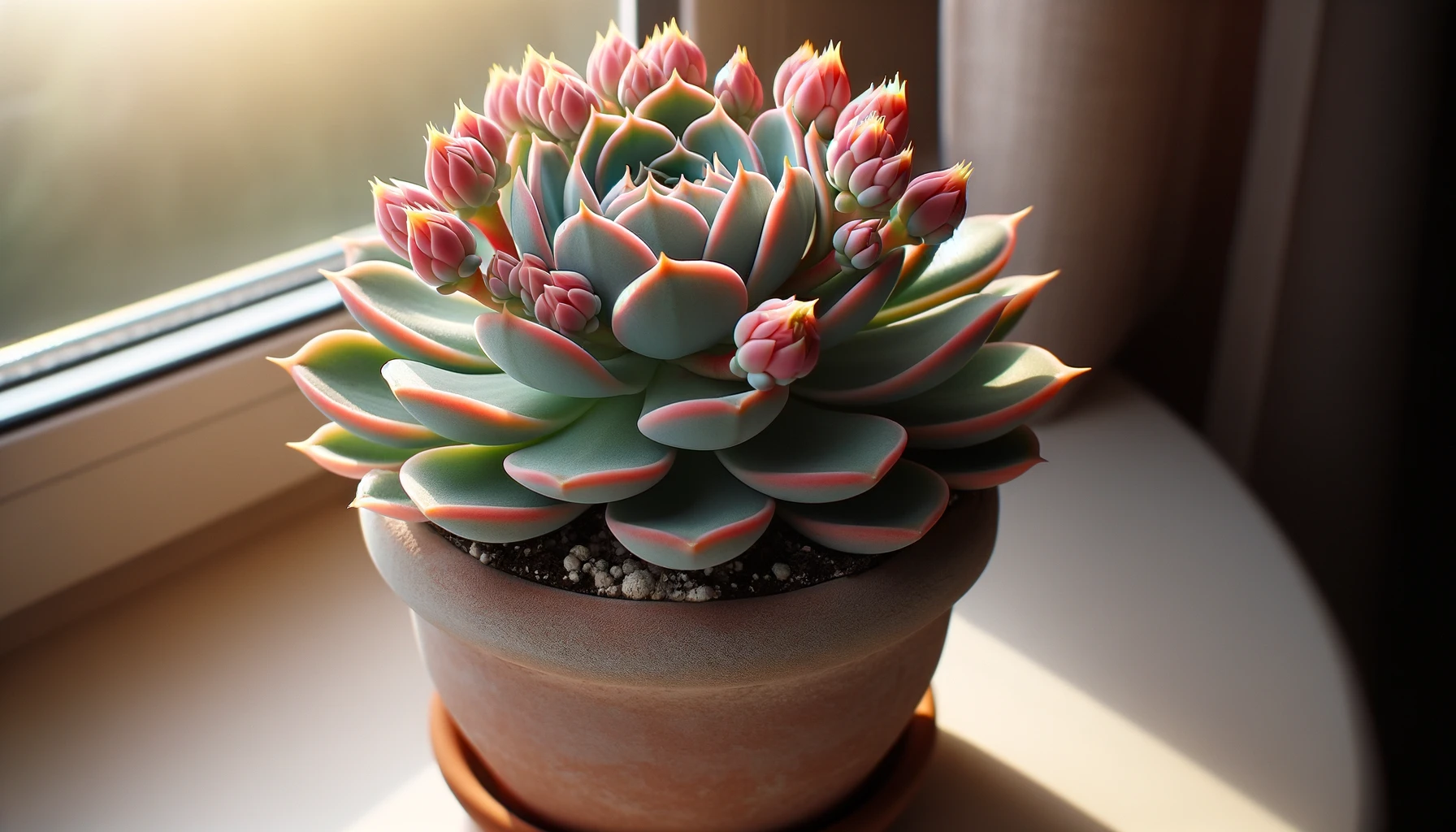
 Steve S. is the creator of
Steve S. is the creator of